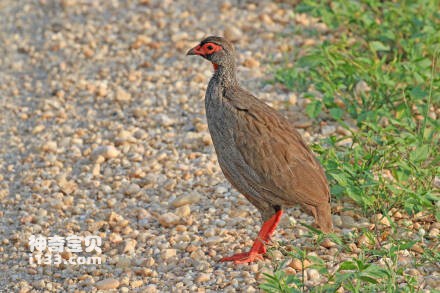
The red-throated colored partridge (Pternistis afer) is known as Red-necked Francolin and has seven subspecies. A bird that can occasionally fly short distances. Omnivorous. Feeds on insects, plant matter and seeds. They source most of their food by digging. This species is strictly monogamous, main...
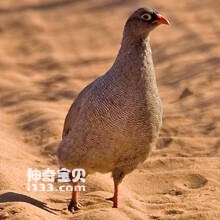
The Red-billed Francolin (Pternistis adspersus) has two subspecies. It's a bird. It can occasionally fly short distances. Omnivorous. Feeds on insects, plant matter and seeds. They source most of their food by digging. This species is strictly monogamous, maintaining mating for life.Listed on th...
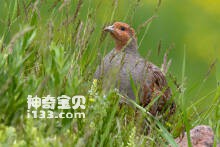
Grey Partridge (Perdix perdix) is known as Grey Partridge and has eight subspecies.Gray partridge usually flocks except during the breeding season. Either a family group or a larger group consisting of a family group. They usually live in groups of 5 to 15 animals. The male quack, ki-errr-ik, ki-err...

Alpine Partridge (Perdix hodgsoniae) is a Tibetan Partridge with four subspecies.Highland partridge is a common resident bird. In addition to the breeding period, it is usually active in groups of 10-15 birds. Up to more than 30, do not like to fly, good at running, running quickly on the ground and...
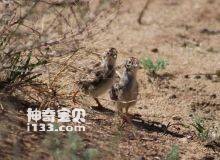
Partridge (Perdix dauurica) is known as Daurian Partridge and has three subspecies.Partridge usually flocks except during the breeding season. Especially in autumn and winter, there are often large groups of 15-25, or even as many as 50 animals. At the end of winter, the population gradually becomes...
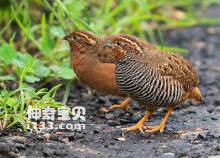
The Assamese Bush quail (Perdicula manipurensis) is known as Manipur Bush-quail and has two subspecies. Sing in a clear sound, similar to whistling, as the notes get higher and higher, running together.Listed on the International Union for Conservation of Nature (IUCN) 2016 Red List of Threatened Sp...
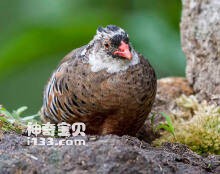
Perdicula erythrorhyncha, also known as Painted Bush-quail, has two subspecies.Red-billed tubs usually gather in groups of 6 to 10 individuals. Move around in open grass or in the grass beside forest roads and driving tracks, eating and sandbathing in the morning and evening. Groups quickly gather a...

The Jungle Bush-quail (Perdicula asiatica) has five subspecies.Tubs usually gather in groups of 6-10 individuals. Move around in open grass or in the grass beside forest roads and driving tracks, eating and sandbathing in the morning and evening. Groups quickly gather around each other by calling an...
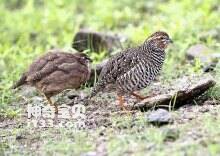
Rock Bush-quail (Perdicula argoondah) has three subspecies. Usually gathers in groups of 6-10 individuals. Move around in open grass or in the grass beside forest roads and driving tracks, eating and sandbathing in the morning and evening. Groups quickly gather around each other by calling and Shout...
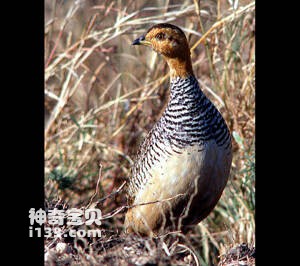
The chestnut throat forest Partridge (scientific name: Peliperdix schlegelii) is Schlegel' s Francolin feeds on grass and grain seeds and, in Sudan, on caterpillars of the cockroach family, which live on the Isoberlinia doka, a legume tree. Monogamy, the breeding season in Sudan is September-Nov...
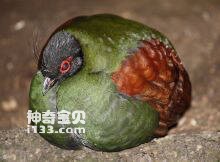
The Forest partridge Francolinus lathami, which lives in pairs or small groups, is a wild bird that will not fly unless it is in danger, but if it feels in danger, most of the time, it prefers to run around rather than take a forceful flight. He usually crouches down and adopts a fixed posture. Rest...
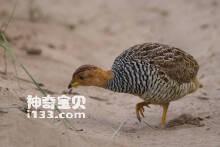
The partridge (Peliperdix coqui) is known as Coqui Francolin and has four subspecies.Living in pairs or in small groups, chestnut partridges are wild birds that do not fly unless they are in danger, but if they feel in danger, most of the time, prefer to run around rather than take a forceful flight...
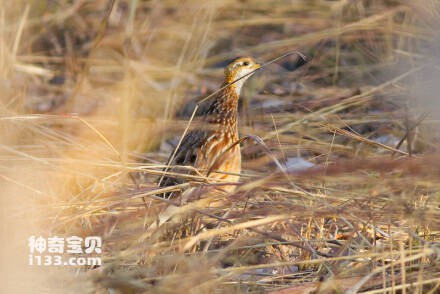
The partridge (Peliperdix albogularis) is White-throated Francolin and has three subspecies.Living in pairs or in small groups, white-throated forest partridges are wild birds that do not fly unless they are in danger, but if they feel in danger, most of the time, prefer to run away from each other...
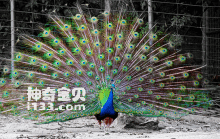
Blue peacock (Pavo cristatus) Common Peafowl, Indian Peafowl, Peafowl, no subspecies.In the wild or domestic, blue peacocks naturally select mates, that is, one male and multiple females (1:3-5), family-style activities, within a certain range of activities, collective feeding and roost, very few in...
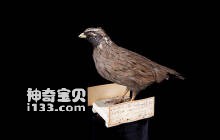
The Himalayan Quail (Ophrysia superciliosa) is a medium sized pheasant bird with no subspecies.Himalayan quails were described in 1846 by John Edward Gray, based on live specimens taken by the Earl of Derby at Knowsley, who was suspicious of their discovery in India. They were not officially found i...
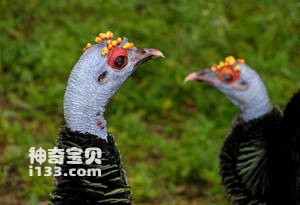
The Ocellated Turkey (Ocellated Turkey) is one of two species of Turkey with no subspecies.The eye spotted Turkey is generally solitary, spending most of its time on the ground, and although its wings are large, its flight ability has been severely degraded, and it can only fly short distances. They...
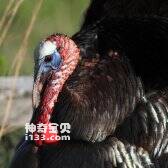
The Turkey (Meleagris gallopavo) is known as Turkey, Wild Turkey, and has six subspecies.Outside of the breeding season, males and females live separately, roosting in trees as high as possible. Meek and slow in action. When they are frightened, they quickly run to a hidden place, and they can fly 5...
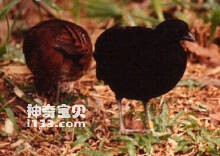
Black quail (Melanoperdix nigra) is known as Black Partridge and has two subspecies.Black quails are omnivorous, and plants include: grains, seeds, roots, tubers, nuts, fruits, berries and leaves. Animals include: arthropods (orthoptera, trichoptera, Lepidoptera, Coleoptera), mollusks, worms.The bre...
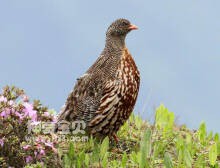
Snow Partridge (Lerwa lerwa) has three subspecies.Snow quails are good at walking and gliding, and often slide from one hill to another when they encounter enemies. As he walked on the ground he seemed to waddle, to stagger, to be ridiculously awkward. Their feather color is consistent with the surr...